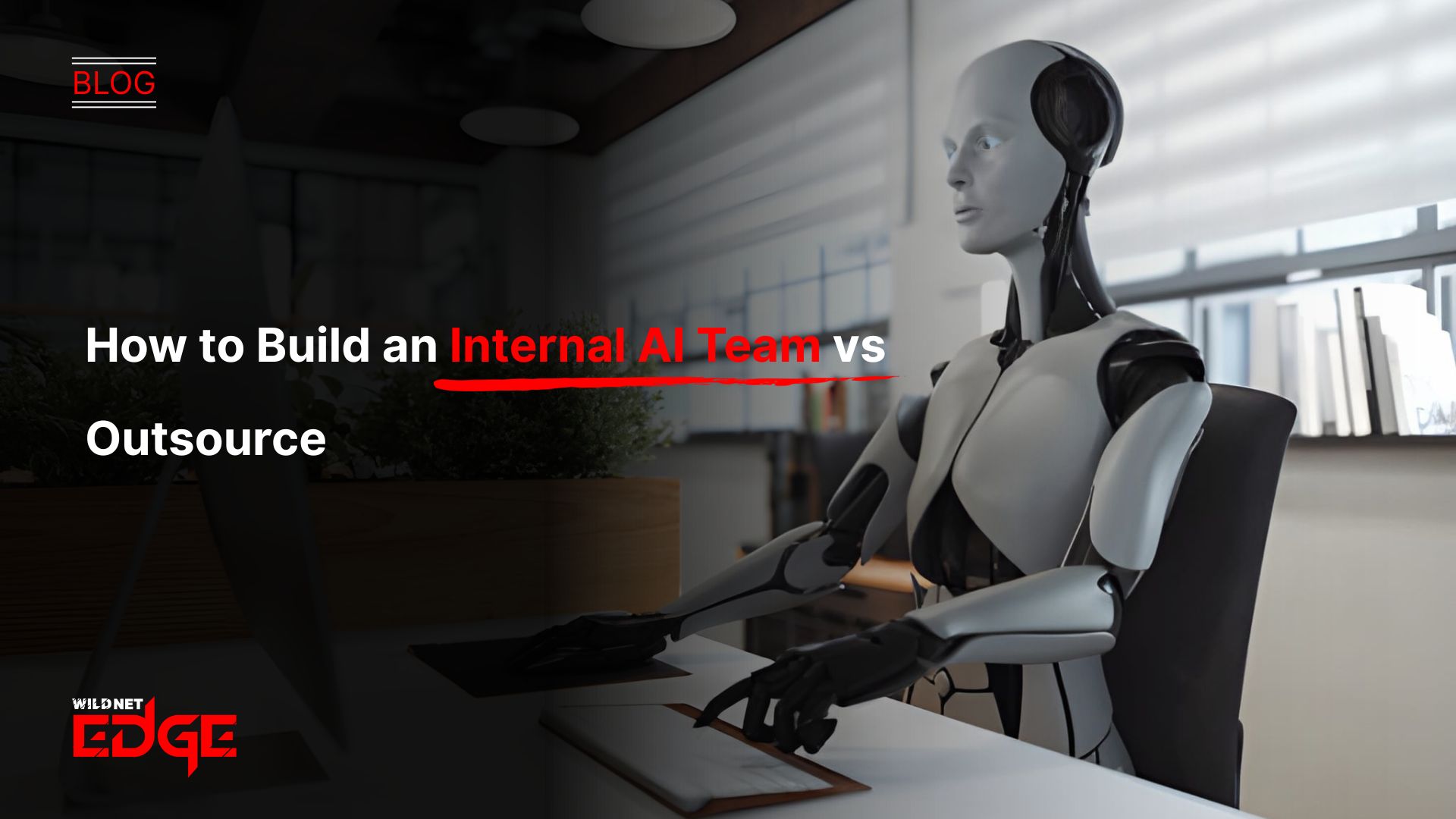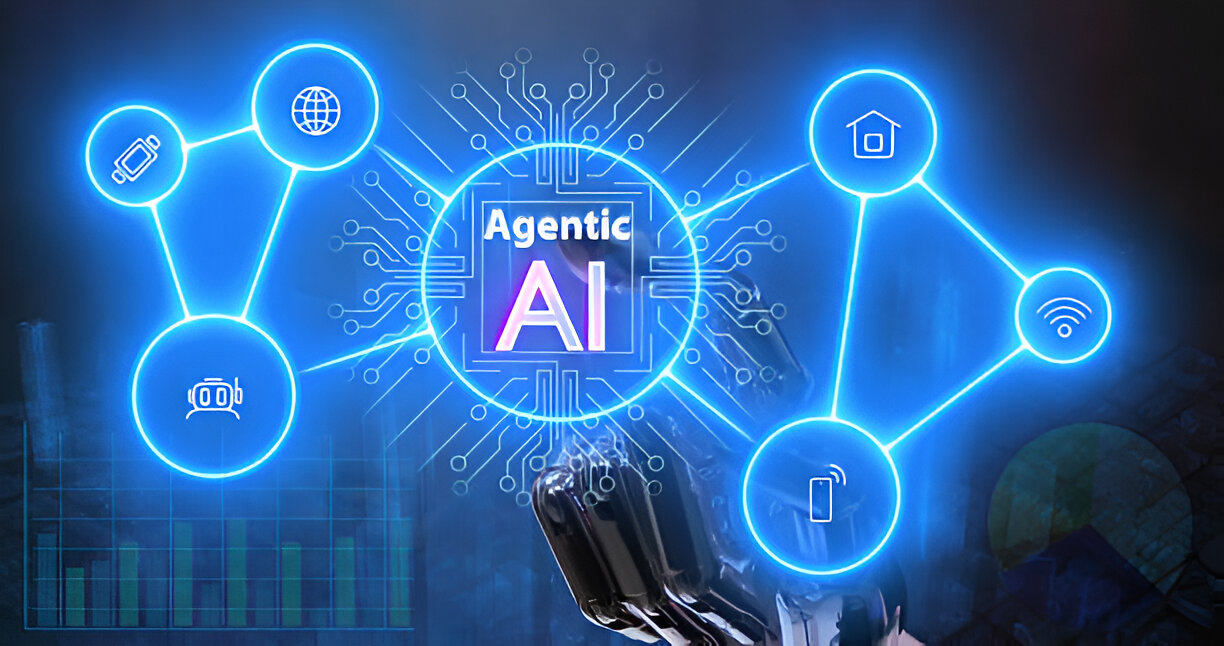TL DR: This blog the importance of mastering the MLOps workflow for scaling machine learning in 2025. It details how implementing MLOPs automation bridges the data science and IT gap. The article explains that a robust MLOPs pipeline automates everything: from data ingestion to model training and deployment. It highlights that a custom automated mlops setup eliminates manual bottlenecks and accelerates time-to-value.
Is getting your ML models from development to production difficult for you? You are not the only one. The traditional way of deploying ML models has been complex and slow, which in turn has hindered the innovation process.
MLOps pipeline is the way out. It connects data science and IT. It allows you to control pipelines and get models on board without any hitches. By adopting MLOps, your company will enjoy the perks of heavy mlops automation and dependable model deployment. This ensures that there is little or no downtime and your team’s productivity is at its peak.
The article will discuss the transformation of your operations by MLOps at each stage. We will also give you the best practices, tools, and new trends that you can start using right away.
The Core: Pipeline Automation and Model Deployment
The real advantage of MLOps is the uninterrupted and seamless interaction between training and serving.
Understanding Pipeline Automation in MLOps
Pipeline automation implements the whole ML lifecycle. This brings about data ingestion, feature engineering, model training, and testing. It is of utmost importance that the extensiveness of ML projects be turned into robust production systems.
What reasons are there to automate your MLOPs pipeline? The manual management is not only inconsistent but also error-prone. MLOps automation guarantees:
- Faster Iterations: New data automatically initiates retraining. Your models are always current.
- Higher Consistency: Automated processes do away with human mistakes and configuration shifts.
- Scalability: You can easily control hundreds of models and not have to increase the number of your workforce significantly.
An entire mlops pipeline takes care of automatically the following steps: Data Ingestion, Data Preprocessing, Model Training, and Model Validation.
Best Practices for Model Deployment
Deploying a model means moving it from the training to the production environment. MLOps makes this crucial step easier.
1. CI or CD for Models: Implement continuous integration and continuous deployment (CI/CD) for your models.
- Automate Testing: Perform pre-deployment unit, integration, and model quality tests.
- Version Everything: Apply Git and other tools like MLflow to keep track of model versions for reproducibility.
- Canary Deployments: Introduce new models slowly to a small group of users initially. If the model fails to meet expectations, rollback automatically.
2. Containerization and Orchestration: Containerization makes model deployment predictable.
- Docker: Isolate the model along with all its dependencies.
- Kubernetes: Supervise the grouping of containers for the purpose of balancing the load and auto-scaling the model’s services.
Popular Technologies & Tools
The 2025 MLOps offers powerful tools for building an automated MLOps environment.
| Category | Tool Examples | Role in MLOps Workflow |
| Workflow Orchestration | Apache Airflow, Kubeflow Pipelines, Prefect | Manages complex data and trains DAGs for MLOP automation. |
| Experiment Tracking | MLflow, Neptune.ai | Versions, models, code, and hyperparameters for reproducibility. |
| Containerization | Docker, Podman | Packages the model and dependencies for predictable deployment. |
| Model Serving/ | Kubernetes, Amazon SageMaker, Azure ML | These platforms provide native tools for easy, scalable serving and monitoring. |
| Feature Store | Feast, Tecton | Ensures consistency between training and serving data. |
Benefits of Automated MLOps
The establishment of an irrefutably automated mlops system reveals its benefits in a very significant way.
- Accelerated Time-to-Value: The transition from development to production of models will be over in days instead of months.
- Increased Model Reliability: Automated testing and monitoring will be all across the board thus model failures will not go unnoticed.
- Reduced Operational Costs: Automation will completely take over manual and tedious tasks for data scientists and engineers thus cost of operation will be reduced.
- Rapid Adaptation: As soon as data drift is detected the models will be retrained and relocate automatically. Your models will be in the game always.
Why an MLOps Workflow is Essential for Your Business
A company that utilises machine learning must have a formal MLOps workflow to deal with the intricacies of modern machine learning.
- Scaling ML Investments: A scalable system is required if your company has several models to deal with. Manual processes are not suitable for working with large volumes of data.
- Compliance and Auditing: What you need is a system that is unobtrusive and very clear at the same time. The MLOps technique will leave behind a trail of data, code, and model versions throughout the compliance process.
- Cross-Functional Collaboration: The MLOps will offer a common vocabulary as well as an interconnected platform. Therefore, it will be easier for data scientists, ML engineers, and IT operations to work together.
Comparison: MLOps vs. Standard DevOps
Both MLOps and standard DevOps advocate for automation and CI/CD. However, the machine learning component adds complexity.
| Feature | Standard DevOps (for Software) | MLOps (for ML Systems) |
| Core Artifact | Code and Application Binary | Code, Data, and Trained Model |
| Deployment Trigger | New code pushed and validated | New code, New data, or Model performance drop |
| Testing Focus | Unit, Integration, Functional Tests | Unit, Integration, Functional, plus Data Validation and Model Quality Tests |
| The Pipeline | CI/CD Pipeline | ML Devops Pipeline (CI/CD/CT – Continuous Training) |
Case Studies
E-commerce Personalisation Engine
Problem
An e-commerce giant’s recommendation model was updated manually every two weeks. This meant stale product recommendations and missed sales opportunities.
Solution
They implemented an MLOps pipeline that used Airflow for orchestration. The pipeline automatically retrained the model daily on fresh user data and packaged the model into a Docker container.
Outcome
Model freshness improved from bi-weekly to daily. Recommendation click-through rates (CTR) increased by 11% due to the improved relevance.
Financial Fraud Detection
Problem
A major bank’s fraud detection model was failing to keep up with new, subtle threat patterns. Retraining was slow and required lengthy manual approval.
Solution
The bank adopted an automated MLOps development solution using Kubeflow. They implemented data drift monitoring, which automatically triggered a re-entrant ML DevOps pipeline when the fraud pattern distribution shifted.
Outcome
The time to retrain and redeploy a new fraud model decreased from 3 days to 4 hours. This rapid response reduced the bank’s exposure to new fraud schemes by 40%.
Conclusion
It is necessary for the organization that wants the most out of its machine learning to master the MLOps workflow first. Streamlining pipeline automation and optimising model deployment leads to fewer operational difficulties and quicker time-to-value.
Apart from that, WildnetEdge provides trusted solutions and expert guidance for businesses looking to enhance their MLOps capabilities. The company can also ensure your machine learning lifecycle transforms into a smoothly working entity. They have the necessary skills to create a perfect mix of MLOPs automation and deployment strategies according to your specific requirements.
Ready to get started? Get in touch with WildnetEdge now to find out how the use of MLOps workflows can enable your data science and engineering teams.
FAQs
Q1: Which one is the main point of MLOps vs. DevOps?
MLOps builds on top of DevOps practices. It involves the requirement of Continuous Training and manages the three artefacts model, data, and code, whereas standard DevOps usually deals with only code and binary files.
Q2: Why is pipeline automation critical for machine learning workflows?
Pipeline automation has a major impact on speeding up the process of taking care of the different steps in the workflow that are consuming time, like preparing data, training models, and testing pairs. This leads to faster iterations and dependable production deployments due to human error reduction, along with consistency in every step of the process.
Q3: What are the MLOps pipeline tools that can automate the process and help deploy the models?
Focusing on the MLOps pipeline, where automation takes place, the tools that are suggested are Kubeflow Pipelines and Apache Airflow for orchestrating, Docker and Kubernetes for managing containers, and cloud services like AWS SageMaker or Azure ML, which take care of the infrastructure for smooth deployment of the pipelines.
Q4: Which service provider makes it easy for users to deploy machine learning models?
Given the option of three top cloud-native platforms, namely, Amazon SageMaker, Google Vertex AI, and Microsoft Azure, one cannot really say that any of them is the winner for ease of deployment. They all guarantee manual infrastructure setup elimination by providing managed services for serving, auto-scaling, and monitoring of models.
Q5: What are the best practices for post-deployment model monitoring?
Monitoring tools can be utilized for the measurement of model performance metrics, noticing data drift (shift in input data distribution), and overall system health monitoring. Performance dropping events should be the triggers for these tools to engage automated retraining.

Nitin Agarwal is a veteran in custom software development. He is fascinated by how software can turn ideas into real-world solutions. With extensive experience designing scalable and efficient systems, he focuses on creating software that delivers tangible results. Nitin enjoys exploring emerging technologies, taking on challenging projects, and mentoring teams to bring ideas to life. He believes that good software is not just about code; it’s about understanding problems and creating value for users. For him, great software combines thoughtful design, clever engineering, and a clear understanding of the problems it’s meant to solve.
 sales@wildnetedge.com
sales@wildnetedge.com +1 (212) 901 8616
+1 (212) 901 8616 +1 (437) 225-7733
+1 (437) 225-7733































